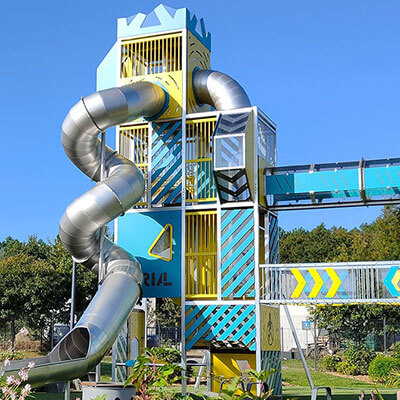About Us
Caloo Ltd is a leading outdoor gym and playground equipment supplier within the UK. We aim to provide you with a solution to meet your needs, whether it be a new outdoor gym, skate park, fitness area, or a full playground solution with multi-play units, timber trails, and more. We have completed thousands of installations around the UK and have a wide product choice to suit your location and budget.
Free Site Consultation & Quotation
We offer a free site consultation to assist with your product selection or site considerations. Our experienced team will be delighted to arrange a no-obligation meeting to discuss your specific requirements and thereafter provide a FREE quotation.
Design and Build service
We are happy to undertake all necessary work to construct your new facility. We are able to offer prices for the removal of existing equipment (if required), site preparation, installation, and any necessary surfacing works to provide you with a complete solution.
Why not have your ideas come to life with one of our play space design teams? We use 3D illustrations to allow you to communicate your vision to others and 2D technical drawings.
From idea to reality, we are here to help you every step of the way!





